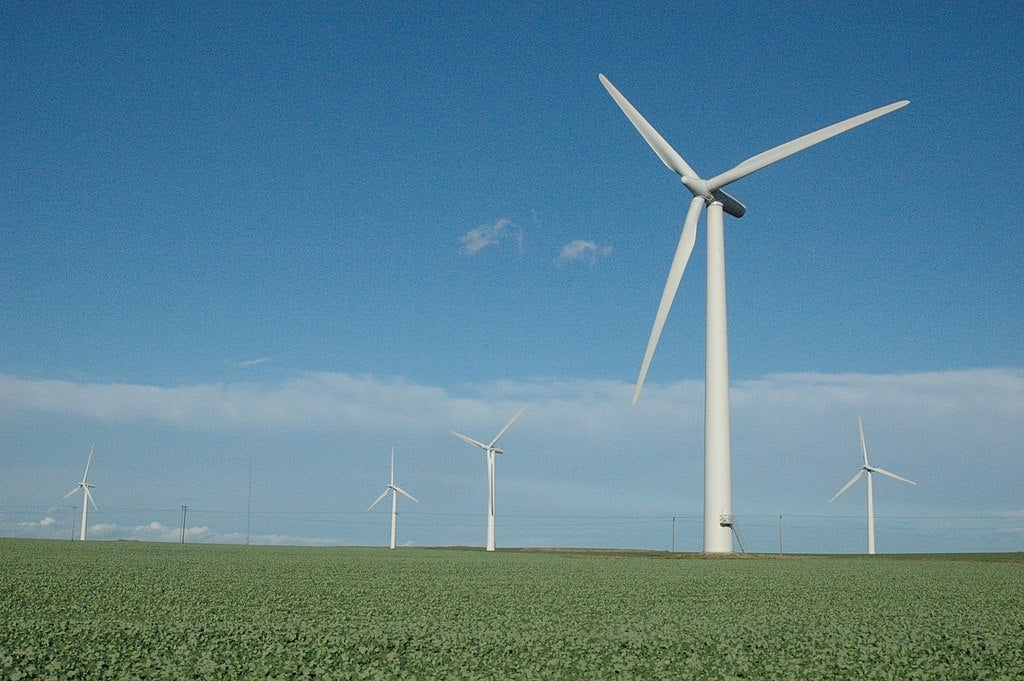
Ørsted’s Board of Directors has given the green light to a business plan aimed at achieving 35-38 GW of installed capacity by 2030, along with revised financial objectives. This decision comes after a thorough review of the company’s portfolio. The newly announced targets reaffirm Ørsted’s position as a key player in the offshore wind industry, demonstrating its commitment to delivering robust growth and returns despite the hurdles faced in 2023.
Despite making significant strides in its underlying business, Ørsted encountered notable challenges in 2023, particularly stemming from its US offshore projects. These challenges resulted in considerable impairments and additional costs related to contract terminations, ultimately impacting Ørsted’s credit metrics and FFO/adjusted net debt projections negatively.
In response, Ørsted is taking proactive measures to fortify its balance sheet, ensuring its resilience and supporting long-term growth and capital structure objectives through 2030. Drawing from the insights gained from the US offshore projects, Ørsted has conducted a thorough review of its project portfolio and has initiated actions to mitigate risks going forward.
Ørsted’s strategic focus on technologies and regions remains steadfast, with a commitment to maintaining its position as the global leader in offshore wind while expanding its presence as a regional player in onshore and P2X sectors in Europe and the US. However, Ørsted has undertaken a thorough portfolio reassessment to prioritise growth opportunities with the highest potential for value creation and lower associated risks.
Ørsted Group president and CEO Mads Nipper said: “We have prioritised projects within our portfolio and are implementing significant changes in our business, including revising our operating model to reduce risks.
“We now present a robust business plan, and with an uncompromising focus on value creation, we plan to more than double our current installed capacity of renewable energy by 2030.”
Drawing from the experiences gained from its US offshore projects, Ørsted is integrating key learnings into its operational framework to enhance risk mitigation throughout project development and execution. This includes a heightened emphasis on contingency planning, rigorous supplier monitoring, measures to address inflation impacts, careful evaluation of pre-FID commitments, increased flexibility in project timelines and commissioning dates, and enhanced project governance and review processes. These initiatives aim to bolster Ørsted’s resilience and ensure the successful implementation of future ventures.
As previously announced, Ørsted has made strategic decisions regarding several offshore wind projects. This includes discontinuing the development of Ocean Wind 1 and Ocean Wind 2 in their original form as awarded by the New Jersey Board of Public Utilities, opting to reposition the Skipjack Wind project in the US, and shifting the primary focus of its US offshore portfolio towards the North-East Atlantic region. Additionally, Ørsted is streamlining its operations by exiting several offshore markets such as Norway, Spain, and Portugal, deprioritizing development activities in Japan, and planning for a more streamlined approach within floating offshore wind and P2X sectors.
These adjustments in project scope and market focus are aimed at reducing development costs and enhancing strategic alignment. As a result, Ørsted expects approximately DKK35bn ($5.06bn) in capital expenditure relief from project cancellations and phased expenditure across the portfolio between 2024-2026, compared to the figures presented at the Capital Markets Day in June 2023.
Following the portfolio review, Ørsted believes it now possesses a more resilient project portfolio and has refined its offshore strategy for the US market. These portfolio changes are expected to yield approximately DKK3bn in development expenditure reductions between 2024-2026 compared to the previously projected figures from the Capital Markets Day in June 2023.
In addition to the measures aimed at reducing capital expenditure and project development costs, Ørsted has made further strategic decisions regarding its financial operations. The company will suspend dividend payments for the financial years 2023-2025.
Furthermore, Ørsted plans to expedite its divestment programme. Through farm-downs and divestments, the company anticipates generating approximately DKK115bn in proceeds by 2030, with an estimated DKK70-80bn expected between 2024-2026.
Additionally, Ørsted is focusing on enhancing operational efficiency and agility. The company aims to become a leaner organisation and has set a target to reduce fixed costs by DKK1bn by 2026 compared to 2023 figures, on a like-for-like basis. This initiative includes a workforce reduction of 600-800 positions globally. While not all reductions will result in redundancies, Ørsted anticipates some redundancies throughout 2024. Today, Ørsted announces that approximately 250 employees worldwide will be affected and leave the company in the coming months.
As a result of the newly approved business plan, Ørsted has revised its ambition for installed renewable capacity by 2030. The company now aims to achieve a capacity of 35-38 GW, representing a significant increase from its previous target of approximately 50 GW. This ambitious goal would more than double Ørsted’s current installed capacity, which stands at 15. GW. By 2026, Ørsted anticipates reaching an installed capacity of approximately 23 GW, marking a substantial milestone on its path toward achieving its long-term objectives.
Ørsted remains steadfast in its commitment to a sustainable build-out that extends beyond decarbonising energy systems, aiming to generate positive impacts on both nature and society. The company has made significant strides in collaboration with its suppliers to decarbonise the entire supply chain. Additionally, Ørsted is making progress towards achieving its science-based targets, which include reducing carbon emissions by 98% (scopes 1 and 2) by 2025 and attaining net-zero emissions for the entire value chain by 2040. These efforts underscore Ørsted’s dedication to driving meaningful environmental and social change while advancing its core business objectives.
Following the endorsement of the aforementioned business plan, Thomas Thune Andersen, the Chair of the Board of Directors of Ørsted, has announced his decision to resign as Chair during the upcoming annual general meeting scheduled for 5 March 2024.



